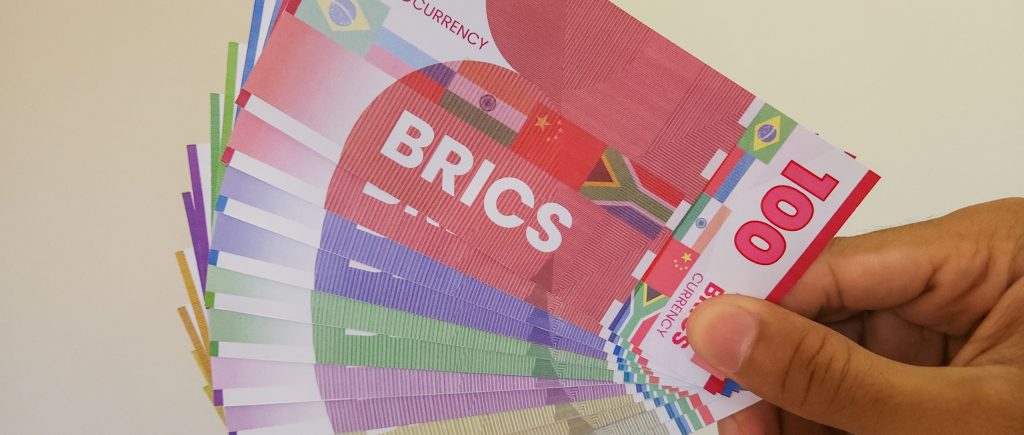In a bid to lessen their sensitivity to changes in the dollar exchange rate, Brazil’s president called on the BRICS countries to establish a single currency for trade and investment between one another on Wednesday.
At the Johannesburg BRICS conference, Luiz Inacio Lula da Silva proposed the idea. Given the variations in economic, political, and geographic circumstances across Brazil, Russia, India, China, and South Africa, officials and economists have highlighted the challenges that such a project would present.
The president of Brazil has argued against requiring countries that don’t use the dollar to transact in it and in favour of a common currency for the Mercosur group of South American states.
According to him, a BRICS currency “increases our payment options and reduces our vulnerabilities,” he said during the summit’s opening plenary. Officials from South Africa had stated that the summit’s agenda did not include a BRICS currency. India’s foreign minister stated that “there is no idea of a BRICS currency” in July. Prior to leaving for the conference, its foreign secretary stated that increasing trade in local currencies would be explored.
The meeting, which Russian President Vladimir Putin attended via video link, was scheduled to discuss moving commerce between member nations away from the dollar to national currencies. China has not commented on the idea. President Xi Jinping spoke at the summit of promoting “the reform of the international financial and monetary system”. Building a BRICS currency would be a “political project”, South African central bank governor Lesetja Kganyago told a radio station in July.
If you want it, you must have macroeconomic convergence, a banking union, and a fiscal union, according to Kganyago. “Most importantly, you need a sanctioning mechanism for the nations who deviate from it… Additionally, they will require a single central bank; where will it be located?
Trade imbalances are also a problem, Herbert Poenisch, a senior fellow at Zhejiang University, wrote in a blog for think-tank OMFIF.
“China is the primary trading partner of all BRICS members, and trade between them is very limited.” The dollar dramatically grew last year as the Federal Reserve boosted interest rates and Russia invaded Ukraine, increasing the cost of dollar debt and numerous imports. Leaders of the BRICS nations have stated that they wish to use their national currencies more frequently instead of the dollar.
Expulsion of Russia from international banking systems due to sanctions last year fueled rumours that non-western allies would abandon the dollar. Putin said at the conference on Tuesday that “the objective, irreversible process of de-dollarization of our economic ties is gaining momentum.”
According to data from the International Monetary Fund, the percentage of US dollars in official foreign exchange reserves hit a 20-year low of 58% in the fourth quarter of 2022 and 47% when corrected for exchange rate fluctuations.
The dollar dominates international trade, with 90% of transactions on one side. De-dollarization would require various exporters, importers, borrowers, lenders, and currency traders to use alternative currencies globally.

 Noor Trends News, Technical Analysis, Educational Tools and Recommendations
Noor Trends News, Technical Analysis, Educational Tools and Recommendations




